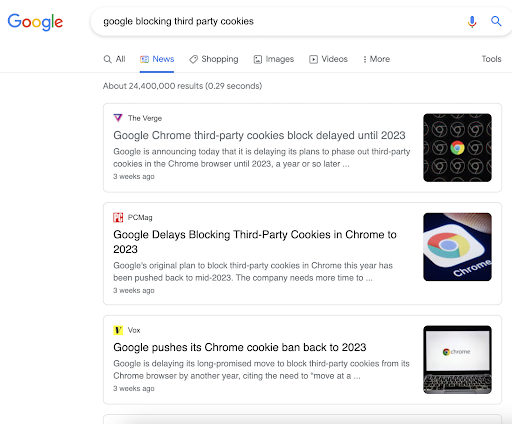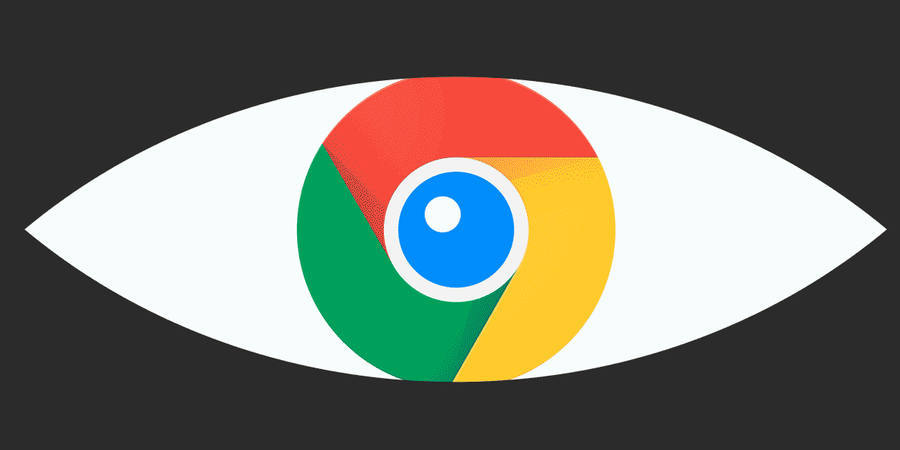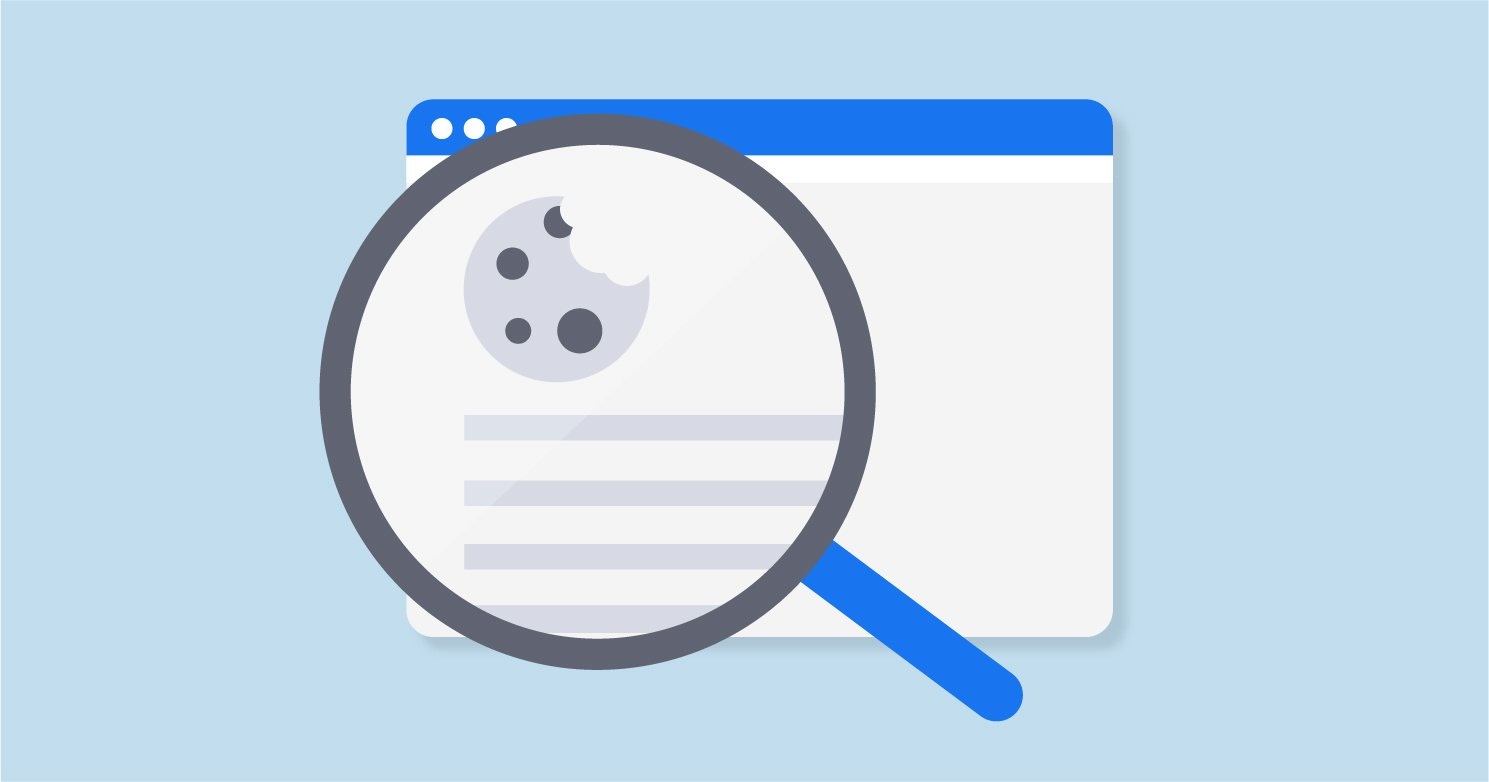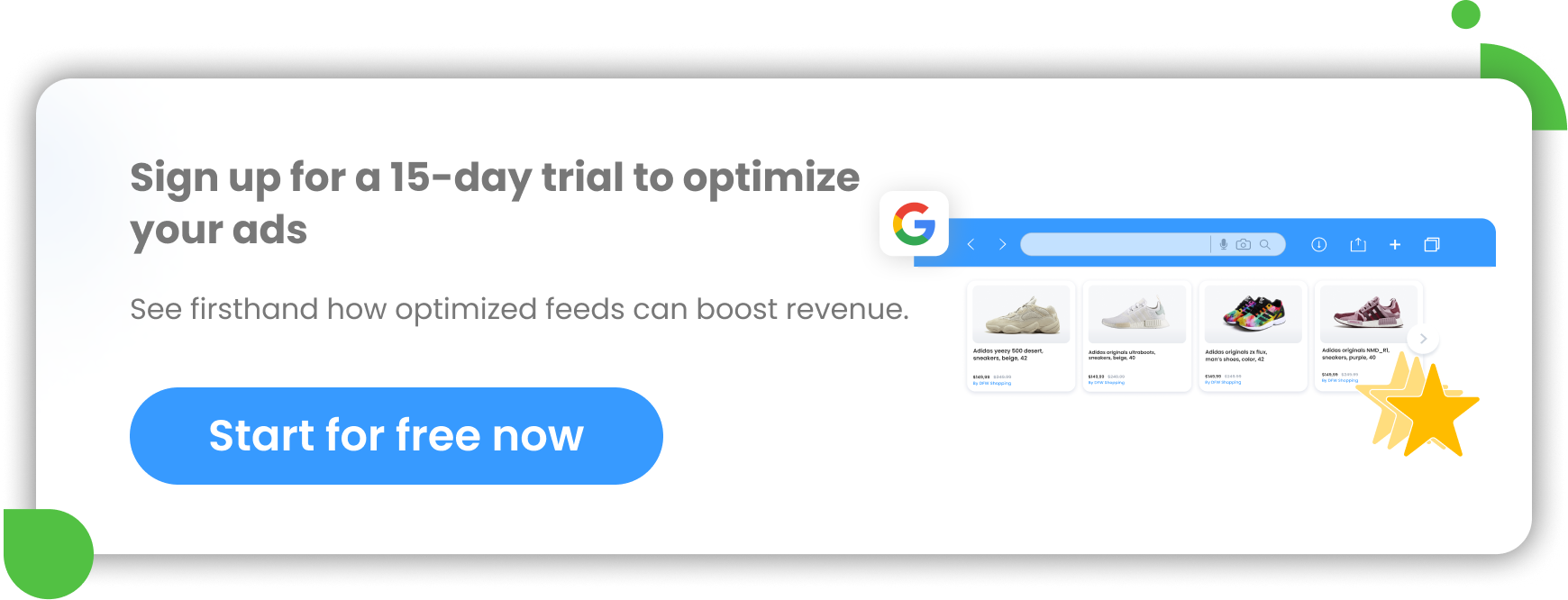There have been several announcements on Google Chrome going cookie-free over the past 2 years, but there’s still a big question mark around what this means for advertising.
In this article, we’ll cover all that there is to know so far on the topic. Including a timeline, and Google’s plans to replace third-party cookies with Privacy Sandbox.
Here’s an overview of the 5 things you should know on Google’s plans to ban third-party cookies:
- What are third-party cookies and how are they used?
- Google Chrome’s third-party cookie ban has been delayed until 2023
- Google will be replacing third-party cookies with ‘Privacy Sandbox’
- What does this change mean for advertising on Google Ads?
- Reactions to the banning of third-party cookies and Privacy Sandbox
1. What are third-party cookies and how are they used?
Cookies are small files that are left on your device - whether it be your computer, phone, tablet, or other digital devices. This happens when you first visit a search engine or website. They are essentially used to tell the website or search engine whether or not you’ve visited the site before.
From both the user and website’s perspective, cookies are useful for a number of reasons. Here are several ways in which they are used:
- Your online experience can be better tailored to you. For example, returning visitors may not see the same ‘subscribe to newsletter’ or first customer discount offers, since they may no longer be relevant
- Brand new users to the site may benefit from more enticing offers, or a more comprehensive introduction to the website
- Cookies hold information about your location, again making your experience better tailored to you. For example news reports and weather, nearest store location or delivery time estimates
- Personal information that has been used online can be stored in cookies, such as email address and phone number. This makes logging in or filling out forms easier and faster
- Details about what you’ve looked at in the past, such as products that have recently been browsed or particular web pages you’ve visited
Some of the above may start to raise concerns about privacy and the sort of information that’s being held about you. However, it’s clear the main purpose of cookies is to make life online easier for everyone. This is why Google uses cookies and they use them in all of the ways mentioned above, except for one key omission: Google Chrome also uses third-party cookies.
How third-party cookies differ
Typically, websites don’t share their cookie data beyond their own site. For example, Financial Times can only access cookie data from their own site and not from other news sites a user might have visited. However, third-party cookies track users across multiple websites.
They are usually served by advertisers and data brokers, rather than the businesses that advertise. This gives us a window into a user’s online persona, as data is collected on user interests and the content they engage with. This data is valuable as advertisers can tailor ads to make them distinctly relevant.
A classic example would be retargeting with products, services, or content that a user has engaged with. Or using predefined audience segments, such as Google’s Affinity, In-Market, or Custom-Intent audiences, to target users with relevant products and services. Google uses third-party cookies to power this advertising capability, so they are a crucial element to Google Ads.
Therefore, the announcement that Google Chrome will soon ban third-party cookies is big news in the advertising industry.
2. Google Chrome’s third-party cookie ban has been delayed to 2023

As it stands, Google Chrome allows third-party cookies by default. However, it was announced at the start of 2021, that Google plans on banning all third-party cookies from Google Chrome. This change was originally planned for 2022, but it has now been pushed back to 2023.
In June 2021, the Privacy Engineering Director for Google's Chrome browser, Vinay Goel, shared an updated timeline in a Google blog post. Goel said: “While there’s considerable progress with this initiative, it's become clear that more time is needed across the ecosystem to get this right.”
Meaning, Google still plans to ban third-party cookies, but the timeline has been pushed back by a year. For a lot of advertisers this delay is welcome, for a number of reasons:
- The disruption to advertising campaigns, whether they are being managed in-house or for clients, has been delayed. This comes as a relief to those concerned with campaign performance, and those that rely on Google Ads, allowing more time to plan and prepare
- It means that Google is working on a solution that, here’s hoping, will match the existing third-party cookie model, rather than limit advertising capabilities. This is good news for all of the businesses that rely on Google Ads for sales and leads
- Finally, it’s great to get an update on this topic in general, given the uncertainty that surrounds it. With 2022 fast approaching, the lack of certainty had been a concern in the industry. It now seems we’ll be getting more clarity in advance of the ban in 2023
The key takeaway here is Google Chrome will be pressing on with the third-party cookie ban in 2023.
3. Google will be replacing third-party cookies with ‘Privacy Sandbox’
Third-party cookies are Google’s primary way of collecting user data and it’s what fuels Google Ads advertising. Right now, if Google stops collecting data with third-party cookies then their advertising capabilities will suffer, along with advertisers who rely on Google Ads for their business.
Considering Google’s ad revenue amounted to 146.92 billion US dollars in 2020, it’s no surprise that abolishing third-party cookies will coincide with the launch of a new product from Google: Privacy Sandbox.
In a blog post published by Google in March 2021, David Temkin, Director of Product Management, Ads Privacy and Trust says: “Advertisers don't need to track individual consumers across the web to get the performance benefits of digital advertising.”
The article goes on to say that works are underway on Privacy Sandbox, which will “protect anonymity while still delivering results for advertisers and publishers”. Therefore it appears to be a win-win situation from both an advertising and privacy perspective.
Advertisers should continue to benefit from targeted advertising after third-party cookies have been blocked. Google will continue to dominate search engine advertising and rely on it as a solid source of income. Consumers can sleep easier knowing their online data and privacy is better protected.
How will Google’s Privacy Sandbox work?
Privacy Sandbox was first mentioned in a blog post by Google in August 2019, therefore it has been in the works for some time now. As it’s still being developed, it’s currently made up of a set of proposals, four of which are currently being tested.
Each of the four proposals address an element of advertising that is currently powered by third-party cookies. They are the following:
1. Interests targeting
Delivering ads to large audiences without collecting personal and identifying data from their browsers. The current proposal for this is known as FLoC, which stands for Federated Learning of Cohorts. It essentially groups segments of people together, so they have shared meaning, but the groups are anonymous.
2. Click and conversion tracking
This will address how conversion metrics, such as clicks, purchases and leads will be tracked, without individual user tracking. The proposal is Conversion Measurement API, which allows signals that indicate if a conversion takes place on a website, without revealing personal information.
3. Reporting
An Aggregated Reporting API proposal is underway. The aim here is to allow websites to collect key reporting metrics from browsers, using an API, while adhering to the anonymity of users.
4. Combating fraud
This proposal relates to two things; detecting fraud, such as bots clicking on ads, and preventing it from happening. The proposed solution is Trust Tokens, or the Trust Token API. It works by giving users tokens of trust as they browse, which are then used to verify they are in fact actual users.
4. What Does This Change Mean for Advertising?
One thing we now know is the end of third-party cookies does not mean the end of tracking. It’s likely that the new technology that’s being developed for Privacy Sandbox, will replace third-party cookies entirely.
Therefore, from a Google Ads perspective, once the new technology has been adopted by the industry (which may take some dev work and perhaps updates to the Google Ads interface) little else will change. This is speculation based on what we know so far. In time, as the third-party cookie ban approaches, we’ll know more about what this change will mean for advertising.
Google has also stated they would like to avoid jeopardizing web publisher business models, which support freely available content. In other words, Google is mindful of the wider industry and does not want to rock the boat with the Privacy Sandbox initiative (or they at least want to minimise the rocking of the boat).

Proposed timeline for the Privacy Sandbox initiative
The new technologies mentioned in the previous section are already being tested. Once this rigorous testing phase is complete, there is a proposed timeline for Privacy Sandbox milestones, which advertisers should bear in mind:
- Key Privacy Sandbox technologies are to be deployed in late 2022. Until then, it’s business as usual for advertisers and publishers
- These technologies can then be adopted by the development community. The window for migrating over to new technology is 9 months from late 2022.
- Phasing out of third-party cookies on Chrome will begin mid-2023, once advertisers and publishing are ready, having adopted new technologies
- The phasing out of third-party cookies will be over a 3 month period, expected to be completed by late 2023
There is a new website currently being developed by Google, privacysandbox.com, which is expected to be updated with a more detailed timeline and more information on Privacy Sandbox in general. Until then, the best thing to do is sit tight and wait for announcements and developments.
5. Reactions to the banning of third-party cookies and Privacy Sandbox

The upcoming changes have been met with mixed reviews, depending on who the stakeholder is. Whether it’s advertisers and publishers, industry experts, consumers, and even competitors of Google.
Advertisers and publishers
Advertisers are fearful of change and generally perceive it as bad news, or at least a challenging future ahead. The unknown is always scary, especially when campaign performance is at stake. One thing that advertisers can bear in mind is how a number of big tech companies have already abolished third-party cookies.
Firefox, Safari and Brave already block third-party cookies by default. All the while protecting privacy. It does feel like there is more at stake with Google, given they have the largest market share.
Publishers are in a similar position whereby their business models are built on giving away content for free. So for them, it’s extremely important that new technology is built collaboratively and works in favour of all concerned parties.
It is believed the endgame for Google is to develop a universal tracking solution adopted by all. If this does happen, it should provide advertisers and publishers more tracking stability across multiple browsers.
Industry Experts
While industry experts agree that change is needed in the way privacy and data is handled, it needs to be the absolute right solution. There’s concern that the new technology will be developed in favour of Google.
On one of the proposals that Google is currently testing, FLoC, Bennett Cyphers of Eff.org wrote: “we implore Google to abandon FLoC and redirect its effort towards building a truly user-friendly Web”. Their criticism is that the FLoC model is not good enough with regards to user privacy, albeit an alternative to third-party cookies. They believe users should have even more control over what information is being held.
Leigh Freund, the CEO of the NAI (The Network Advertising Initiative), which is an ad industry group, welcomed news that there is going to be a delay in banning third-party cookies: “We appreciate Google’s thoughtful approach to ensuring a diverse, competitive, and privacy preserving internet experience for consumers and businesses alike”, calling it an “opportunity to take the time necessary to build an ecosystem that truly gives consumers the privacy and benefits they deserve.”
Amit Ahuja, the VP of Experience Cloud Product and Strategy at Adobe says: “Google’s delay gives brands more time, but it won’t change this trend. First-party data is the future of brand-consumer relationships built on trust - not just for advertising, but for all digital experiences”.
Acknowledgement that change is needed but mixed feelings with regards to what Google has so far proposed is the general consensus from the industry.
Consumers
Two stats published in a blog post by Google this year, capture how consumers feel about tech companies collecting their data:
- 72% of people feel that almost all of what they do online is being tracked by advertisers
- 81% say that the potential risks they face because of data collection outweigh the benefits
These stats alone highlight the consumer trust issues surrounding data and privacy. Let alone all of the data scandals and breaches in the last couple of years which continue to cause a stir in the media.
Although consumers have yet to react to the news of a cookie-free Google Chrome, and the Privacy Sandbox initiative, it will be welcomed. There’s increasing demand for improving privacy and the movement is already well underway.



